This week I had my first couple of aerial classes after 4 weeks. This is the reality of aerial arts: it hurts. Hanging from a solid piece of metal by a single body part does not feel good; bruises, scrapes, rub marks, and burns are going to happen. You can train yourself to ignore the pain, and you develop calluses on some areas, but part of the art is embracing and accepting the pain. Over the last four weeks, I’ve lost most of my calluses and conditioning, as well as my core and upper-body strength. A single-word description for my life right now would be: ‘ouch’. My check-in video is below:
The Apparatus
I work with a number of different apparatuses in aerial arts, some of which more (or with more skill) than others. Here is a brief intro to each of them, in case you’re curious.
Lyra Hoop
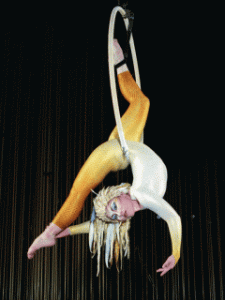
Photo by Leonard Low on Flickr
A metal hoop that hang from the ceiling, usually able to spin. It can have a single hanging point, which is what I work with, or two hanging points, where it’s suspended on the end of two ropes or silks, like in the video I showed in my last post. The difference is in the way you can work ‘over the hoop’. A double suspension allows you to use the hoop more like a trapeze (below). Pros of hoop: looks cool even if you’re not good at it (especially if you spin it). Cons: It’s a hard, curved metal object digging into every part of your body that rests on it.
Static Trapeze
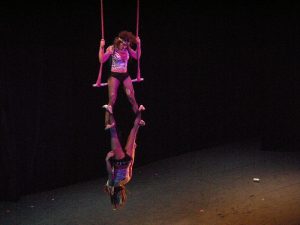
Photo by Joe Mabel on Wikimedia Commons
As opposed to the flying trapeze, which is what most people think of when they hear the word. The static trapeze doesn’t swing and is usually not done with a partner. You don’t switch between them. It just hangs there, much like the hoop. The trapeze is just a single horizontal bar suspended from two ropes, either connected at the top to form a triangle shape, or connected separately, like a swing set. The one I work with is a triangle. Pros: more versatility and ways to show flexibility and technique. Cons: two words. Rope. Burn.
Aerial Silks
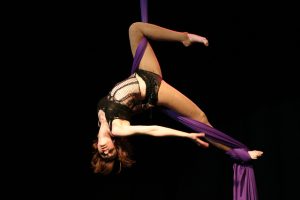
Photo by AerialShowgirls on Wikimedia Commons
Two long strips of stretchy fabric that are both suspended from the ceiling. They are incredibly versatile and can do basically anything you can imagine. Pros: No bruises! And they look absolutely stunning if you can get good at them. Cons: working with them requires a baseline of strength and flexibility. Getting good at them is very tough. And just because they aren’t a hard piece of metal doesn’t mean it doesn’t hurt, since you end up trussed up in them and supporting your weight in your ankles or armpits.
Silk Hammock
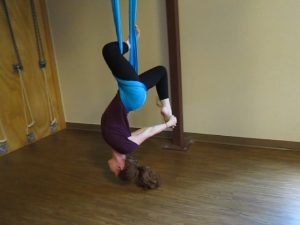
Photo by jenniferdukedodd on Flickr
The same stretchy fabric, but hanging in a loop. It’s like a combination of all the other apparatuses, in that it’s soft like silks, in a loop like the hoop, but hangs in a triangle, like the trapeze. Pros: versatile, comfortable, and can double as an actual hammock to lie in! Cons: In order to do cool-looking moves, there’s a lot of strength and flexibility required. In other words, everything I can do so far looks unimpressive.
I’ll have another video update – and perhaps an interview with my Flight Instructor – next week!
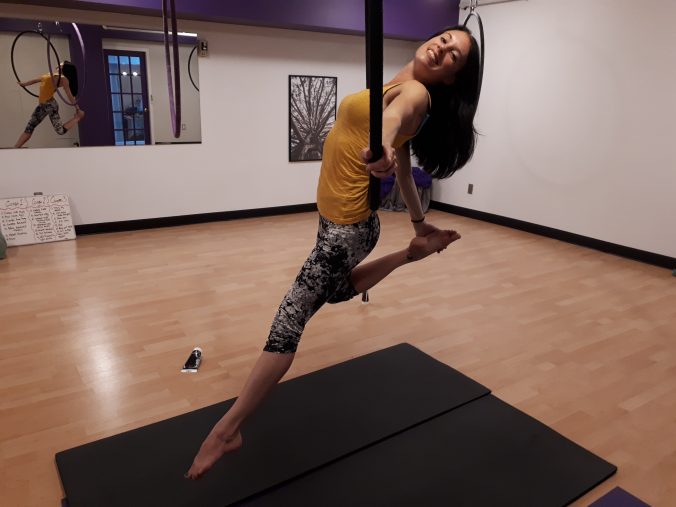
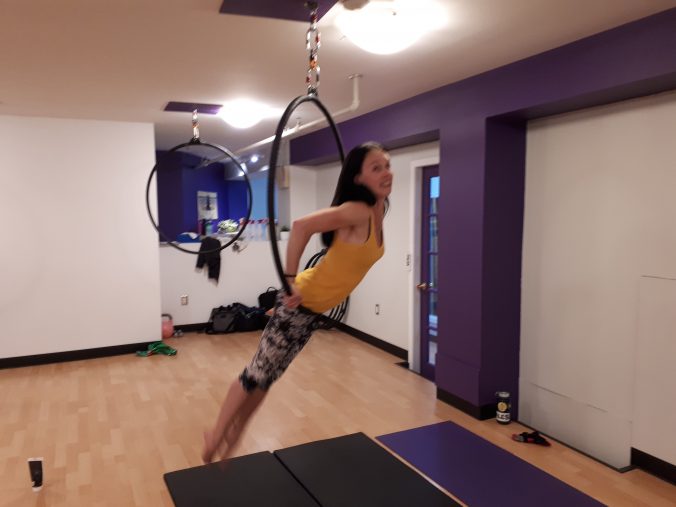

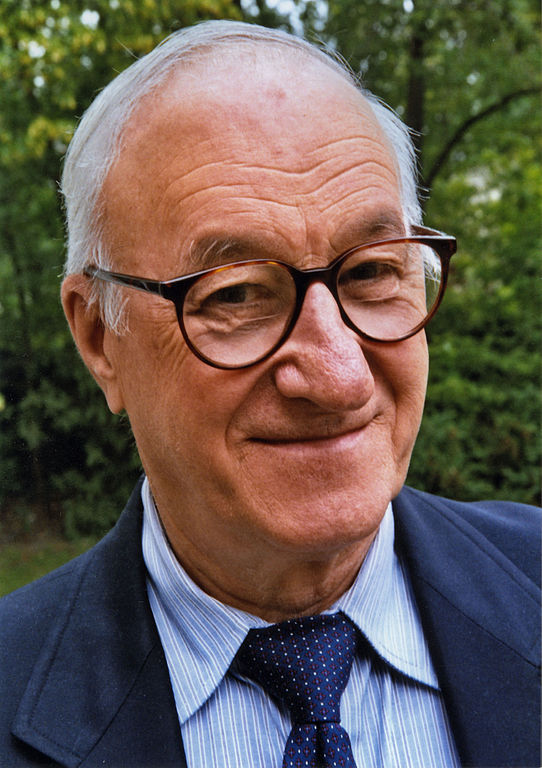
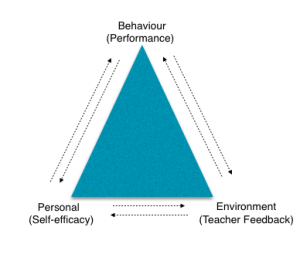
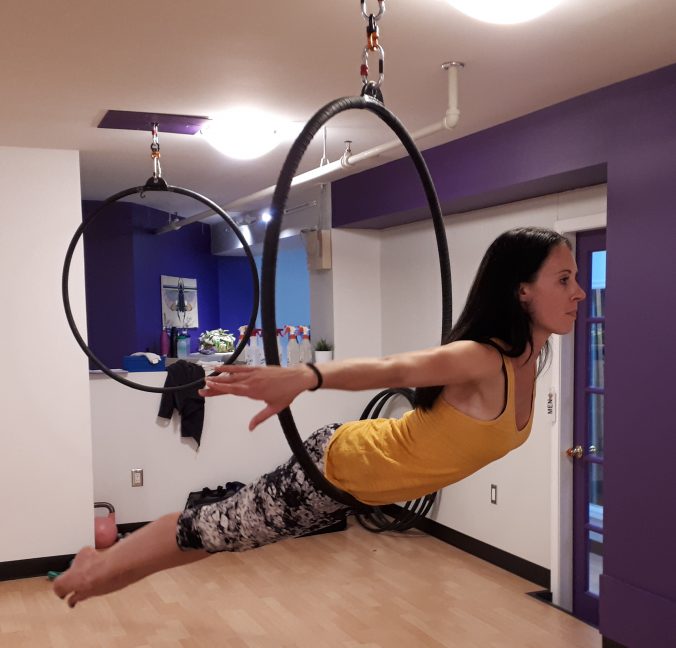
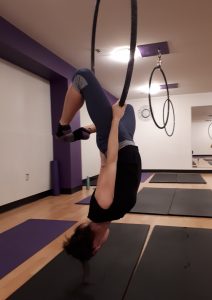
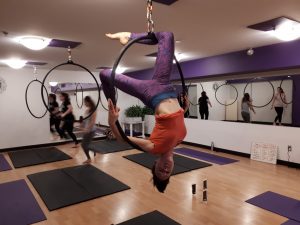
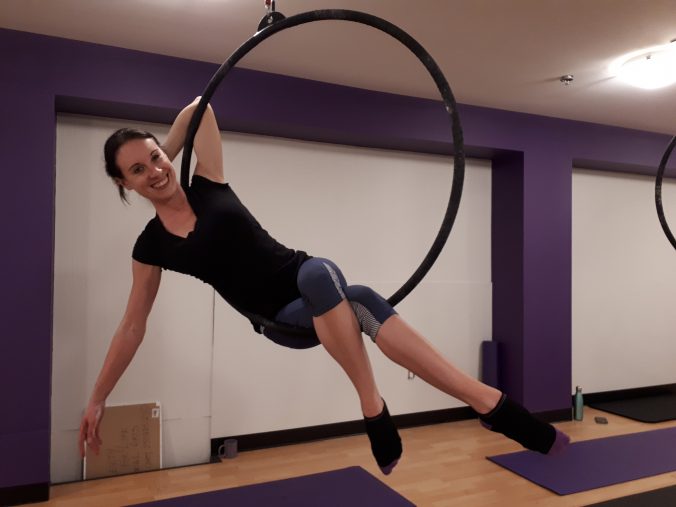
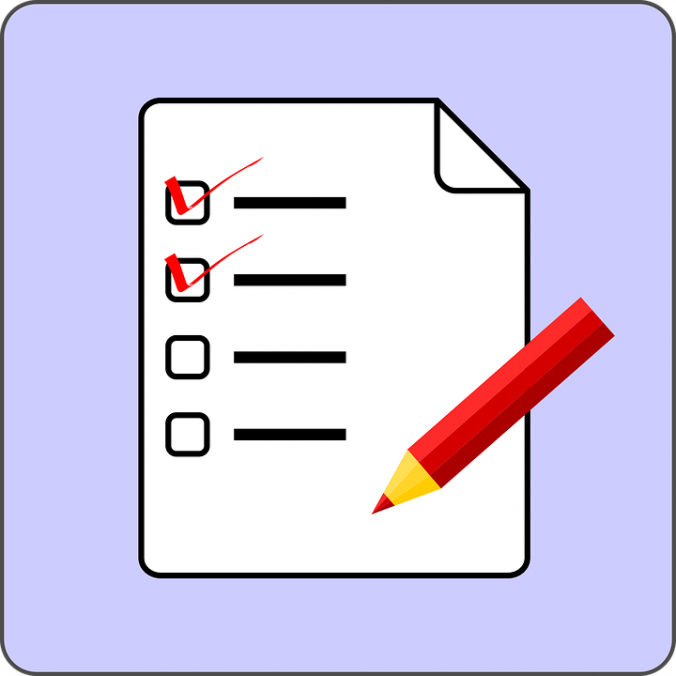
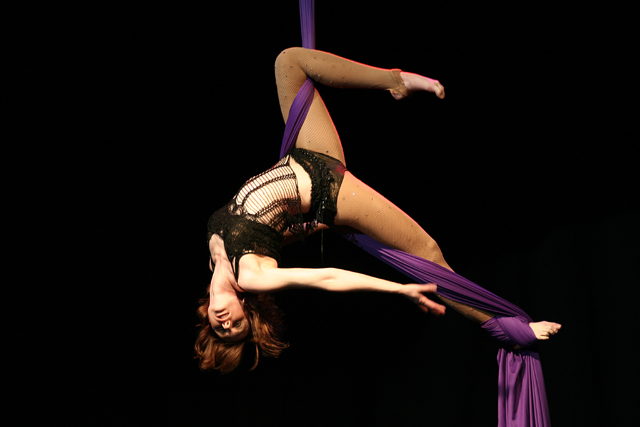



Recent Comments